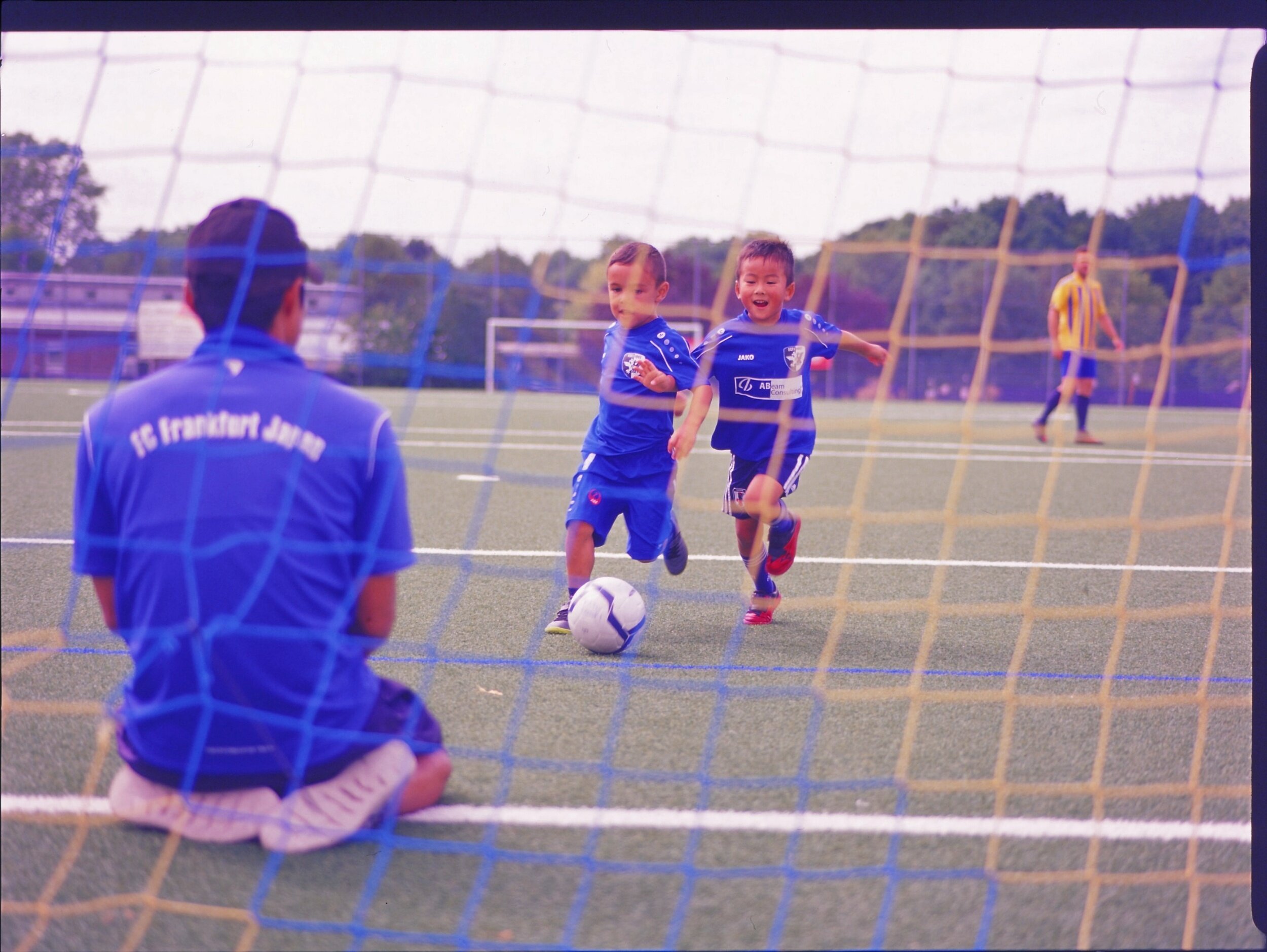Continuing on from the last post, what other factors can influence lens buying choice?
Weight/length
I own a few cameras and some are quite heavy. You only need to feel a trapped nerve a couple of times to wish you had lighter equipment. If you go hiking with your camera then a light lens or a zoom that allows you to reduce the size of your kit is essential. Likewise, the bigger or longer the length of lens you buy, the more likely you will need to buy a bigger camera bag too! Lighter lenses are also easier to hold without shaking as much. The heavier the lens, the sooner fatigue can kick in which will make photography a drag while also reducing the number of good shots you can achieve. It's a good idea to hold one in a shop for a while to see how it feels.
Construction
Cheaper lenses are often made of plastic while more expensive ones are made of metal. Metal lenses are more durable but heavier. Feel the weight of them in a shop before you buy to see if they feel comfortable for you. Although you may never need to care about the internal construction of a lens, there are certain things to look out for. E.g. you can check if the rear of the lens is made of plastic or metal. If the parts that attach to your camera are plastic, they may wear faster over time. You can turn the focus and zoom ring and make sure it feels smooth and not too loose. If you give the lens a gentle shake, listen out for any loose parts. You can also check out internet forums to see if the lens you like has any common failures. I bought a cheap Canon EFS 55-250mm lens a few years back that turned out to have a design issue as repeated zooming caused the auto focus to fail due to a particular cable wearing out. If I had found this out before buying, I would have got a different lens.
Some lenses claim to have better dust or moisture resistance, but it is mostly marketing jargon, don't expect any lens to work as well once you have moisture in it and certainly don't try dunking one in the sea! Treat any lens well and it should last many years.
Filter size
My biggest pet peeve is that every single lens I own has a different front legs element size so I can't share filters between them. When you are first starting out or on a really tight budget you can consider finding a lens that is the same diameter as any lens you already own to save cash when it comes to sharing filters. Filters have an issue of their own in that unless you spend a lot of money, a bad UV filter can make your photos less sharp while also cutting the light that gets through. I only have a filter regularly installed on my 24-105 f4 lens as I use it the most. I use a B+W UV haze mrc nano filter which is the only filter I found so far that has a minimal effect on photos and create no colour cast unlike cheap filters.







